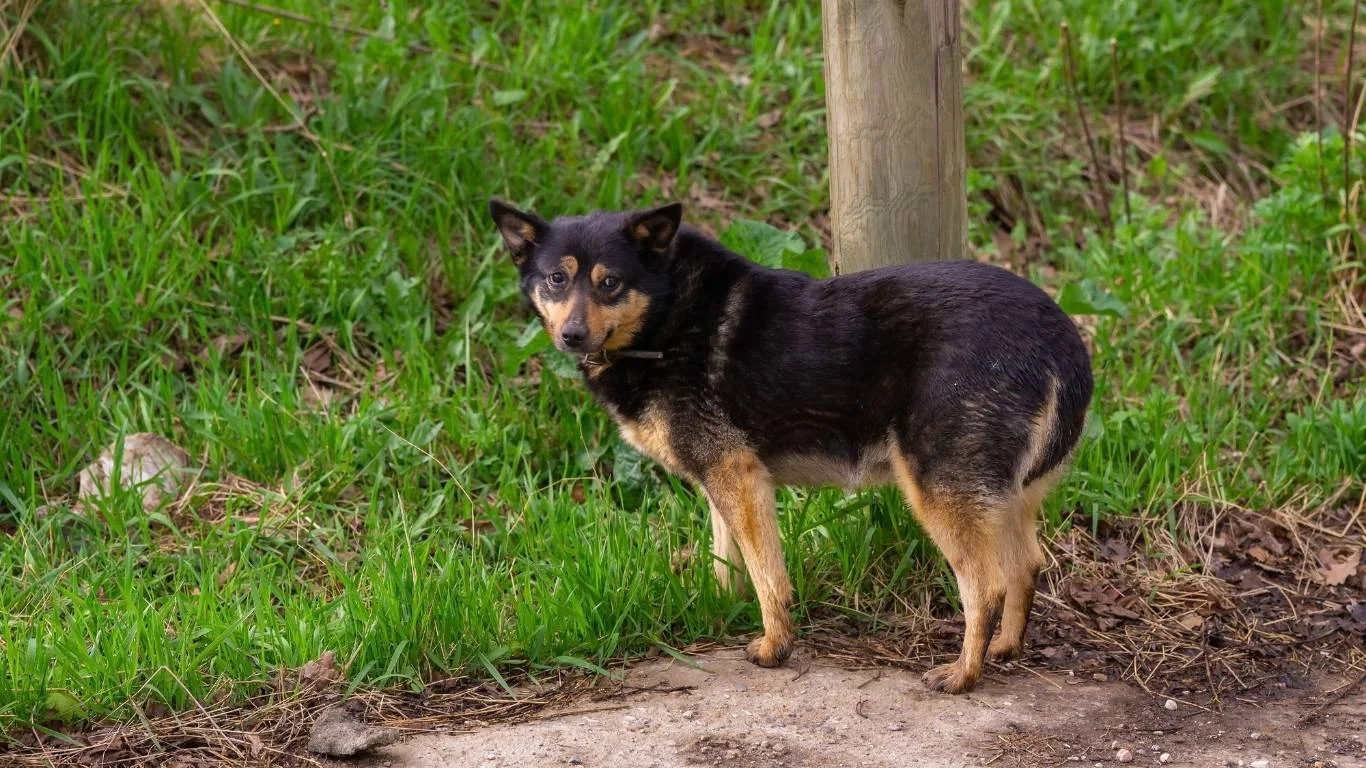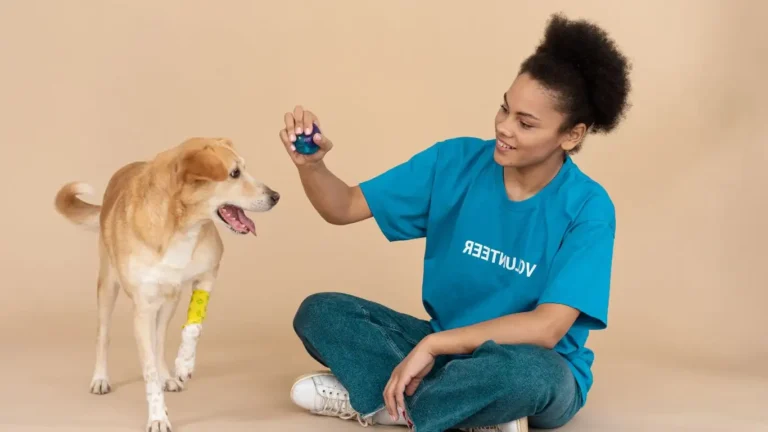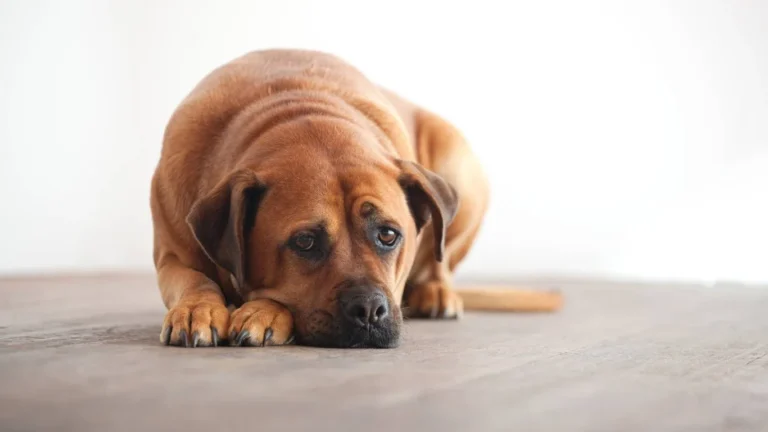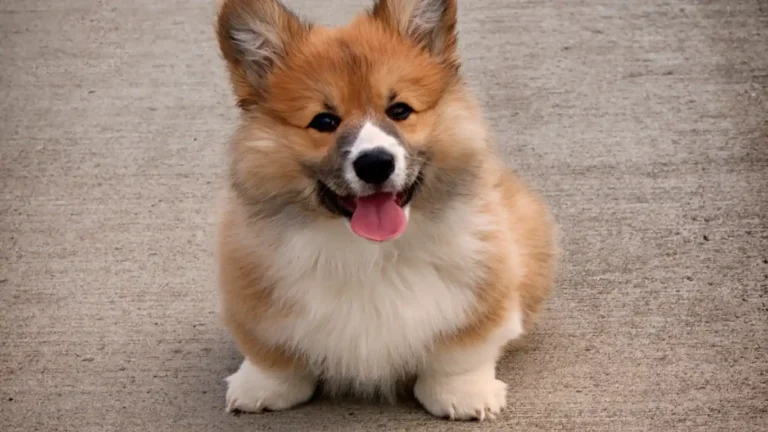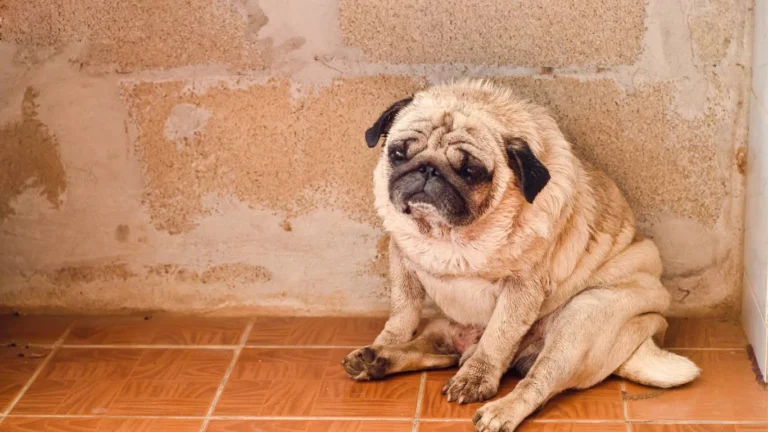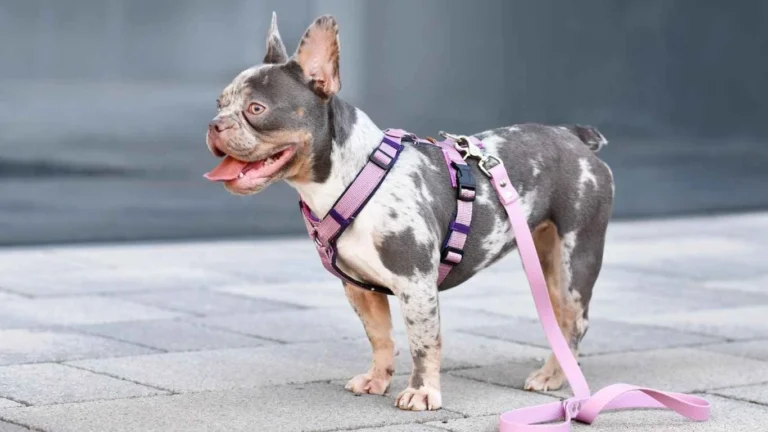How to Help a Dog with a Broken Rib Heal Quickly and Effectively
As a veterinary assistant with a nutrition focus, I’ve seen firsthand how stressful it can be for pet owners when their dog gets hurt, especially when the injury is as serious as a broken rib. A dog with a broken rib requires immediate attention and careful management to ensure proper healing. If you’re here wondering how to help a dog with a broken rib heal, you’re in the right place. We’ll dive into the steps you can take to aid in your dog’s recovery, from identifying the symptoms to creating a safe healing environment. Rest assured, you can make a significant difference in your dog’s comfort and healing process.
Understanding Broken Ribs in Dogs
First things first, it’s essential to understand what happens when a dog breaks a rib. Dogs, like humans, can suffer from broken ribs due to trauma, such as being hit by a car, falling from a height, or being involved in a fight with another animal. Rib fractures are painful, and depending on the severity, they may cause breathing issues, pain while moving, or even more severe internal injuries if not properly managed.
Most broken ribs in dogs are treated conservatively—meaning they don’t require surgery but instead need time and careful care to heal. However, it’s important to monitor your dog for signs that might suggest more serious issues. Here’s what to watch for:
Signs That Your Dog Might Have a Broken Rib
- Visible pain or discomfort: Dogs with broken ribs may whimper, pant, or flinch when touched, especially around the ribcage.
- Labored breathing: If your dog is breathing heavily or seems to struggle for air, it could indicate that the rib is putting pressure on the lungs.
- Reduced activity: A dog with a broken rib will likely avoid movement, particularly jumping or running, as this causes pain.
- Swelling or bruising: Look for swelling around the ribcage or bruising on the skin.
- Change in behavior: Some dogs may become more aggressive or withdrawn due to the pain and discomfort they’re experiencing.
If you notice any of these signs, it’s time to get your dog to the vet as soon as possible. They’ll likely perform an X-ray to confirm the fracture and assess the extent of the injury.
Initial Care and Veterinary Treatment
Once you’ve confirmed that your dog has a broken rib, your first course of action should always be to take them to the veterinarian. Even if the injury seems mild, it’s essential to ensure that the rib hasn’t punctured any vital organs, such as the lungs, which could lead to further complications.
At the vet’s office, they will perform a thorough examination, which might include:
- X-rays: To determine the location and severity of the fracture.
- Blood tests: To check for internal injuries or bleeding.
- Physical exam: To assess the dog’s overall condition and pain levels.
In many cases, vets will prescribe pain management medications to help reduce discomfort. These medications could include nonsteroidal anti-inflammatory drugs (NSAIDs), or in some cases, stronger pain relievers. They may also suggest medications to help prevent any potential infection if the injury is open or there’s a risk of infection in the area.
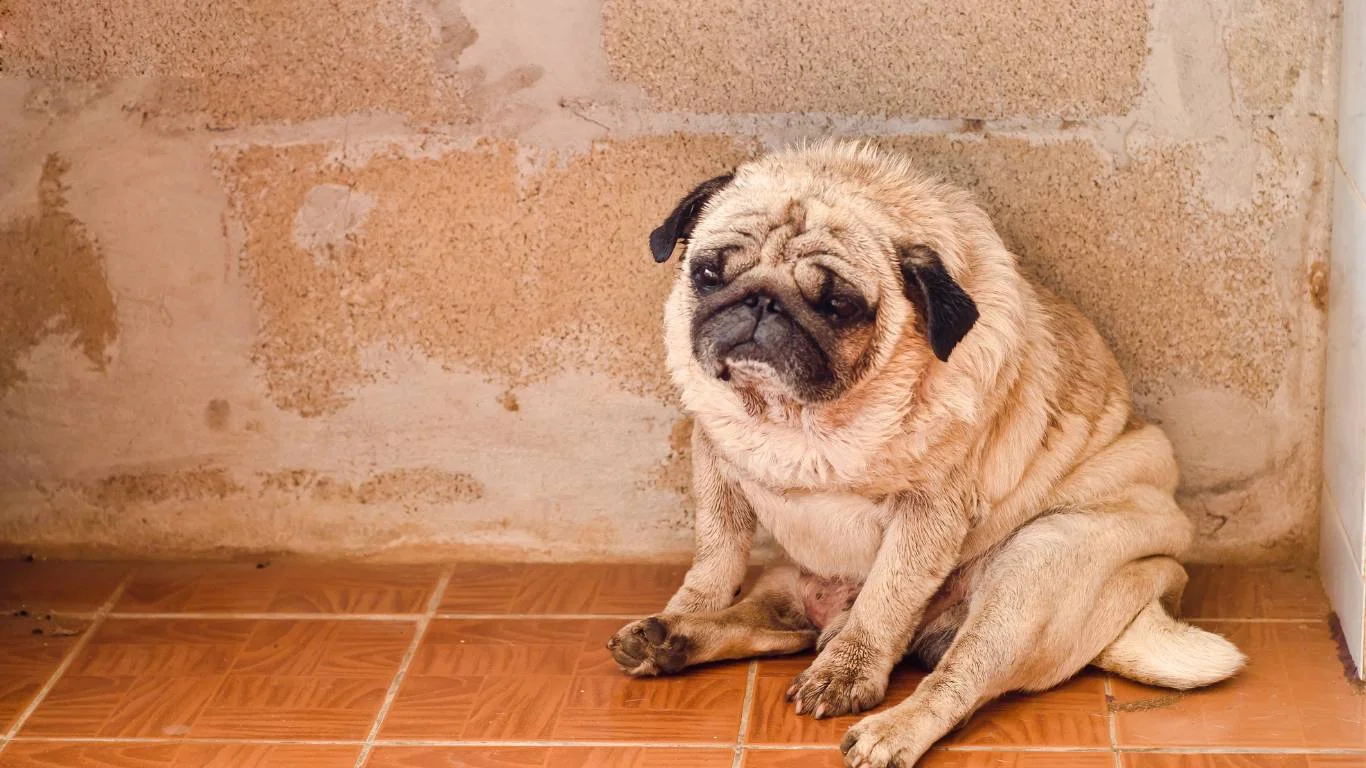
Creating a Safe Healing Environment for Your Dog
Once you’ve visited the vet and received a treatment plan, it’s time to focus on creating a healing environment for your dog. This is where you’ll need to be patient and proactive to ensure a smooth recovery process.
The first thing you’ll want to do is provide a comfortable, quiet space for your dog to rest. Avoid letting them engage in any vigorous activity, as this could lead to further injury or delay healing. Here’s how you can help your dog heal more effectively:
Limit Movement and Encourage Rest
One of the most critical things you can do for a dog with a broken rib is to limit their movement. Rest is crucial for healing, but that doesn’t mean they should be left alone in a crate all day. You should create a safe, confined area where they can relax but not have access to stairs or furniture that could encourage jumping or climbing.
Use baby gates or furniture arrangements to keep them away from areas where they might overexert themselves. If your dog is accustomed to playing outside, this may be particularly difficult for them to adjust to, but it’s essential for healing. A calm environment with minimal distractions can make a big difference in how quickly they recover.
Provide Supportive Bedding
Comfortable bedding is another important factor. Make sure your dog has a soft, supportive bed to lie on. Consider orthopedic beds or memory foam beds, as they provide extra cushioning, which can help reduce the strain on your dog’s ribs when they lie down or shift positions.
Additionally, avoid letting your dog lie on cold or hard surfaces like tile or concrete, as this can cause discomfort and prevent them from fully relaxing. Having the right bedding can help them rest better and recover more comfortably.

Manage Pain and Medication
As mentioned earlier, your vet will likely prescribe pain medication to help manage your dog’s discomfort. Administering these medications correctly is vital to your dog’s healing—it’s easy to slip up on timing, but following the prescribed dosages exactly as recommended will help your dog feel more comfortable and prevent additional stress on their body.
If you’re having trouble getting your dog to take their medicine, try hiding it in a piece of food they love, like peanut butter or a slice of cheese. Alternatively, some vets offer flavored medication that is easier to give.
It’s also essential to keep a close eye on any side effects, especially if you’re giving them anti-inflammatory medication. If you notice any adverse reactions—such as vomiting, diarrhea, or lethargy—contact your vet immediately to discuss adjustments to the treatment plan.
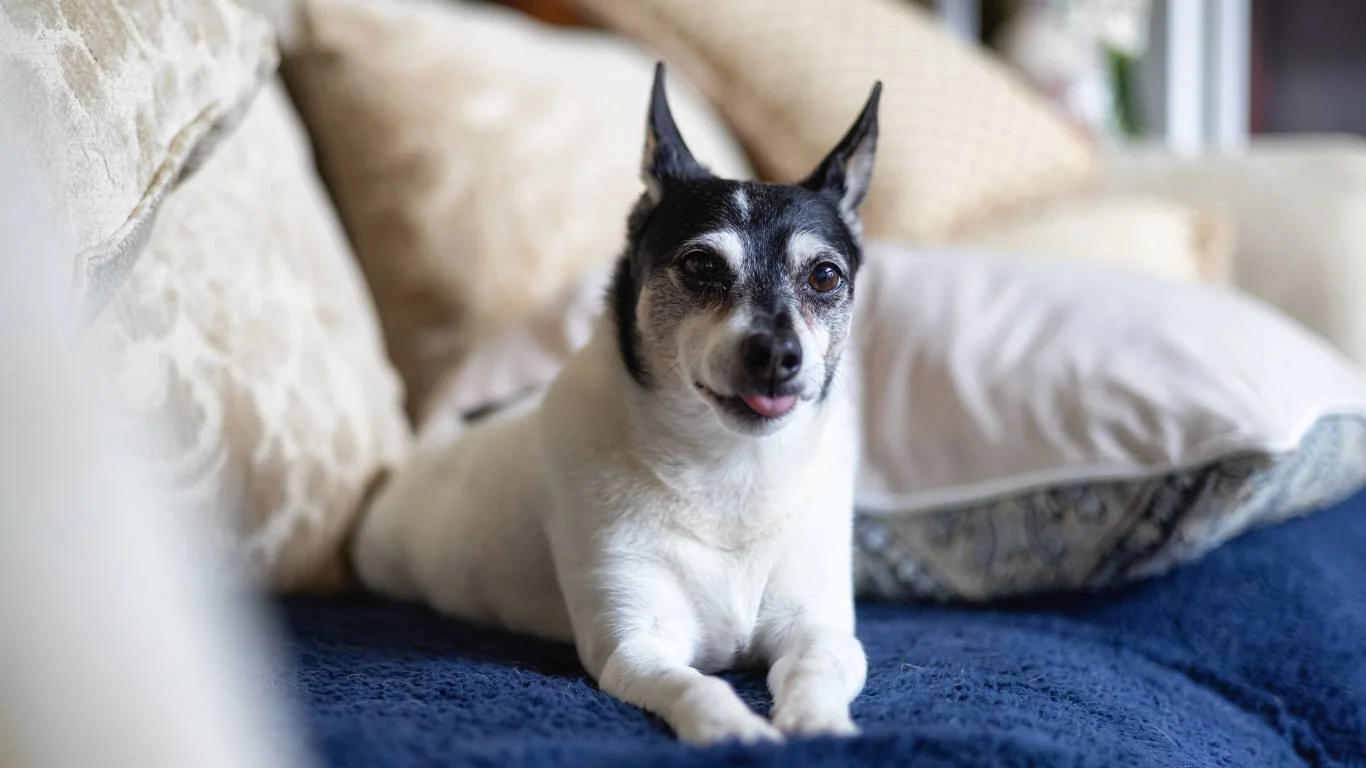
Encouraging Proper Nutrition for Healing
As a veterinary assistant with a focus on nutrition, I cannot stress enough how vital it is to provide your dog with the right food while they heal from a broken rib. Your dog’s body needs proper nutrition to repair itself, especially after an injury like this. The right diet can make a significant difference in their recovery time and overall health.
When a dog has a broken rib, they may be less active, which means their energy needs may decrease. However, it’s crucial to ensure that they still get the nutrients they need for healing. Protein is particularly important because it supports muscle and tissue repair. You should aim to provide a high-quality, well-balanced dog food rich in protein and essential vitamins and minerals. If your dog is on a prescription diet due to other health conditions, be sure to consult with your vet about adjustments based on their injury.
Recommended Nutrients for Recovery
- Protein: This is key for tissue repair and maintaining muscle mass. Look for dog food with high-quality protein sources, like chicken, beef, or lamb.
- Calcium: Calcium plays a crucial role in bone health and healing. If your dog is recovering from a broken rib, their bones need extra support during the healing process.
- Omega-3 fatty acids: Found in fish oils, these help reduce inflammation and support joint health, which can be helpful as your dog rests.
- Vitamins: Vitamin C helps with tissue healing, while Vitamin D aids in calcium absorption and bone health.
If your dog is having difficulty eating due to pain, consider softening their food or switching to wet food, which might be easier for them to consume. Always monitor their eating habits to ensure they’re getting enough nutrition, as a lack of appetite can sometimes occur in the early stages of recovery.
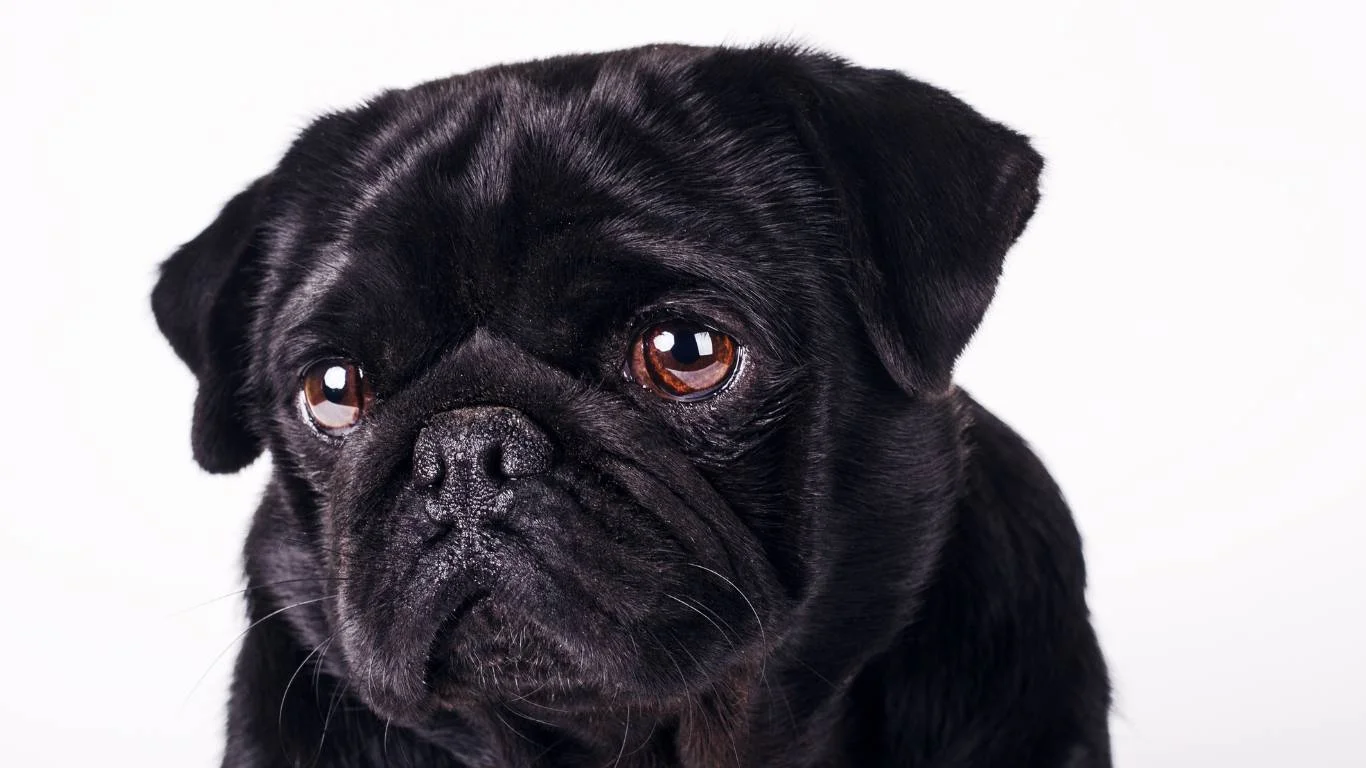
Managing Your Dog’s Anxiety During Recovery
While physical healing is crucial, emotional well-being is just as important. Dogs are highly sensitive to their environments, and the stress of injury can take a toll on their mental health. In my experience, dogs recovering from a broken rib can experience anxiety and stress, particularly if they are confined to a specific area for extended periods. Stress can slow down the healing process, so it’s essential to manage their emotional health as well as their physical condition.
Here are some tips to keep your dog calm and reduce anxiety during recovery:
Create a Calm, Quiet Space
Your dog needs a quiet and peaceful environment where they can rest and recover without being disturbed. Avoid loud noises, large crowds, or excessive activity around them. If your dog is used to a more active household, consider setting up a cozy recovery area away from the hustle and bustle of daily life. This could be a quiet room or even a corner of the living room where they can still see you but won’t be overwhelmed by movement.
Some dogs might feel more secure with their favorite blanket or a comforting piece of your clothing nearby. Familiar smells can be calming and help reduce stress. You can also consider using calming aids such as dog-safe pheromone diffusers or calming music, which has been shown to reduce anxiety in dogs.
Limit Visitors and Interruptions
While it’s tempting to let everyone shower your dog with attention, it’s best to limit the number of visitors and avoid frequent interruptions while they’re recovering. Too much excitement can increase their stress levels and might cause them to move more than they should, potentially aggravating the injury. If you have children or other pets in the house, make sure they understand the importance of letting your dog rest and avoid roughhousing or playing around them.
Being in a relaxed state can help speed up healing, so the quieter the environment, the better.
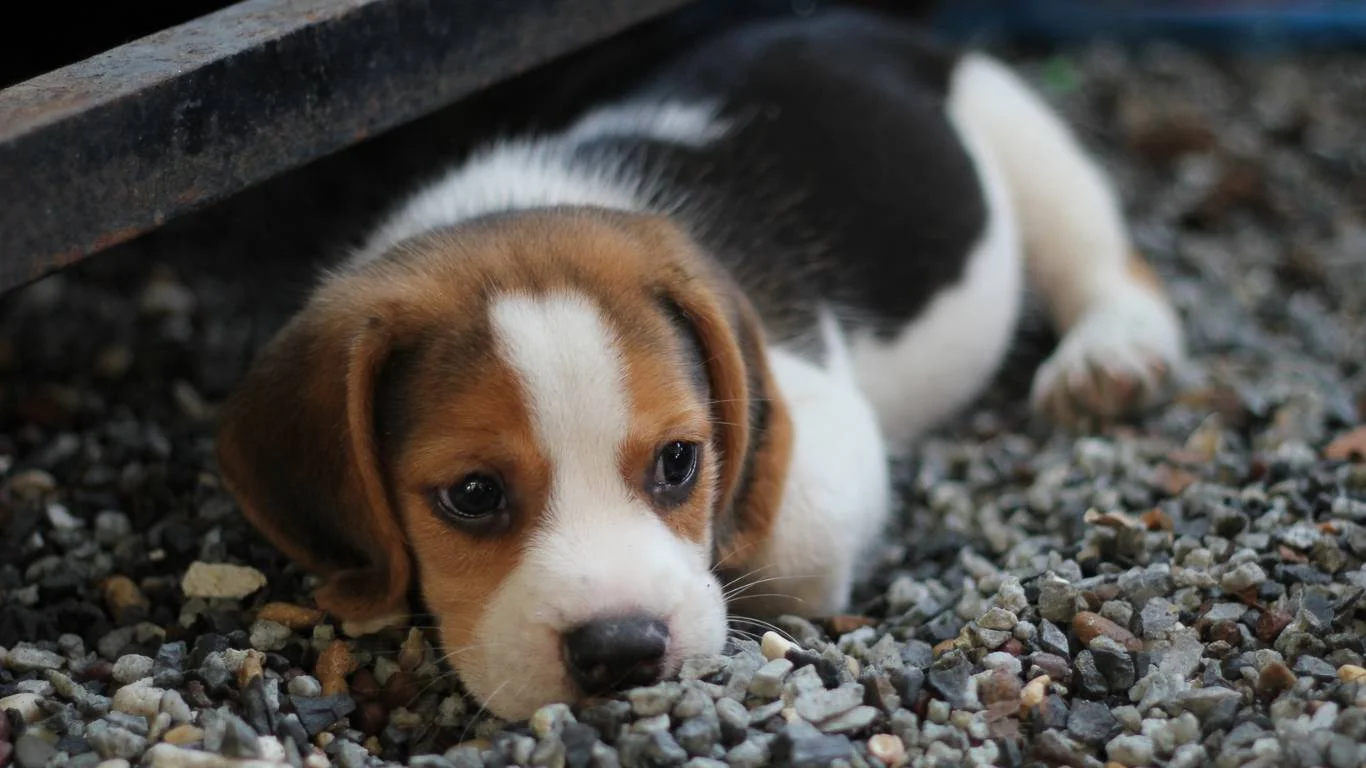
Physical Rehabilitation and Gradual Exercise
Once your dog is a few weeks into their recovery and has been cleared by the vet for light activity, it’s time to consider a rehabilitation plan. In some cases, vets might recommend physical therapy or specific exercises to help your dog regain their strength and mobility. Rehabilitation can be incredibly beneficial to ensure that your dog doesn’t develop stiffness or muscle loss during their recovery period.
As tempting as it might be to allow your dog to start running or playing again once they seem to be feeling better, it’s essential to take things slowly. Gradual exercise is key to making sure the healing process continues smoothly without putting too much strain on the ribs.
Start with Short Walks
Short, controlled walks are a great way to get your dog back into the swing of things after a broken rib. These walks should be slow-paced and brief—just enough to let your dog stretch their legs without overexerting themselves. Avoid any rough terrain or steep hills during this phase, as these can put too much pressure on the ribs.
As your dog continues to heal, you can slowly increase the length and pace of their walks. However, make sure to consult your vet before introducing any intense physical activities like running, jumping, or playing fetch. Each dog’s healing process is different, so it’s important to tailor their rehab to their specific needs.
Consider Professional Rehab Services
If you’re unsure of how to safely rehabilitate your dog, you can ask your vet about professional rehab services. Veterinary rehabilitation centers specialize in helping pets recover from injuries like broken ribs, using techniques like massage, hydrotherapy, and low-impact exercise to promote healing.
Hydrotherapy, for instance, is a great option for dogs who need to regain strength without putting too much pressure on their body. Swimming or walking on an underwater treadmill is low-impact and can help your dog build muscle and regain mobility while keeping their ribs protected.
Monitoring the Healing Process
As your dog continues to heal from their broken rib, it’s essential to stay vigilant and monitor their recovery every step of the way. While most dogs will recover well with the proper care and management, some subtle signs could indicate complications that need attention. Throughout this process, regular check-ups with your veterinarian will help ensure that your dog is healing as expected.
From my personal experience, it’s easy to get wrapped up in the daily routines of recovery, but taking the time to observe any changes in your dog’s condition can make a world of difference. In the weeks following the injury, it’s important to stay alert for signs that their healing might not be going as smoothly as it should. Here are some things to keep an eye on:
Signs of Complications
While complications from a broken rib are not extremely common, they can happen, especially if the injury was severe or left untreated for a long period. Watch for these signs that may indicate something is wrong:
- Increased pain: If your dog seems to be in more pain as time goes on, this could indicate that the rib is not healing properly or that the injury is more severe than initially thought. Pay attention to any signs of discomfort such as whimpering, flinching when touched, or difficulty breathing.
- Difficulty breathing: If your dog’s breathing becomes labored or shallow, this could indicate that the rib has punctured a lung or is putting pressure on the respiratory system. This is a medical emergency, and you should contact your vet immediately.
- Persistent swelling or bruising: Swelling or bruising should decrease over time. If these symptoms worsen or do not improve, it could suggest a complication like infection or an underlying issue with the fracture.
- Reduced appetite or lethargy: A dog that refuses to eat or drink, or seems extremely tired, may be experiencing pain, stress, or complications related to the injury.
If you notice any of these signs, it’s essential to contact your vet as soon as possible. Regular follow-up appointments are key to catching any issues early and ensuring your dog’s rib is healing properly.
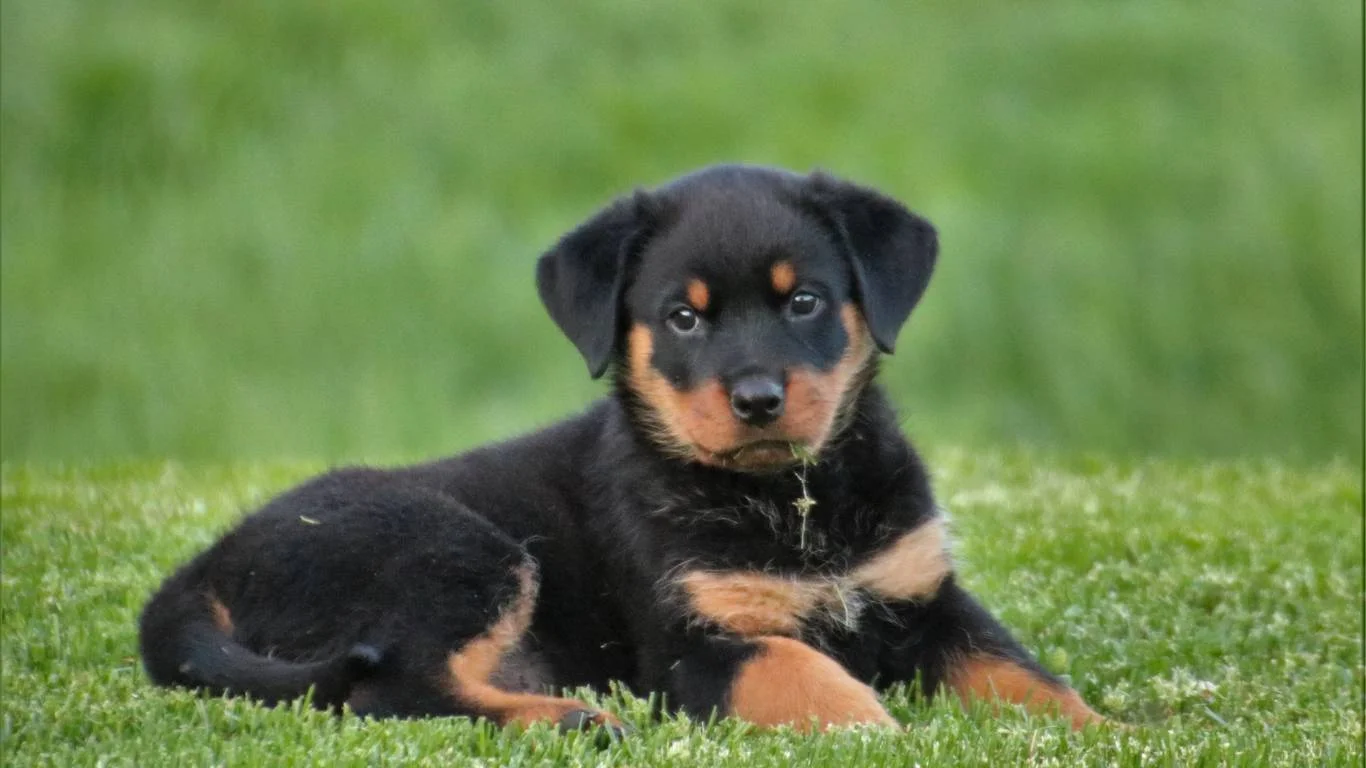
When Can My Dog Resume Normal Activity?
One of the most common questions pet owners have when their dog breaks a rib is, “When can my dog resume normal activity?” The answer depends on the severity of the fracture, your dog’s overall health, and how well they are healing. While every dog is different, the general rule is to allow at least 6-8 weeks for the bones to heal before resuming regular physical activity.
It’s crucial not to rush this process. Trust me, your dog will be excited to get back to their normal routine, but pushing them too soon could lead to reinjury or slow down the healing process. Some dogs may seem to be feeling better after just a few weeks, but their bones are still fragile, and excessive activity could set them back.
When your vet gives the green light to resume normal activity, start slowly. Begin with gentle walks and avoid anything that could strain their ribs, such as jumping or running. Gradually increase the intensity of their activities as they regain strength, but always err on the side of caution.
Post-Recovery Tips
Even once your dog’s broken rib has healed, it’s still important to continue monitoring them for any signs of discomfort or changes in behavior. It might take a few months for them to fully return to their pre-injury activity level. Here are a few things to keep in mind:
- Keep the healing process gradual: It can take a while for muscles and tissue to fully recover even after the bone has healed. Be patient and allow your dog time to adjust to their normal routine.
- Be mindful of their activity: Avoid high-impact activities, such as running or jumping, for an extended period. While they may appear healed, these activities can still put stress on the ribcage and potentially cause reinjury.
- Monitor weight and diet: Continue to feed them a balanced diet with the proper nutrients to maintain a healthy weight, as excess weight can strain their bones and joints in the future.
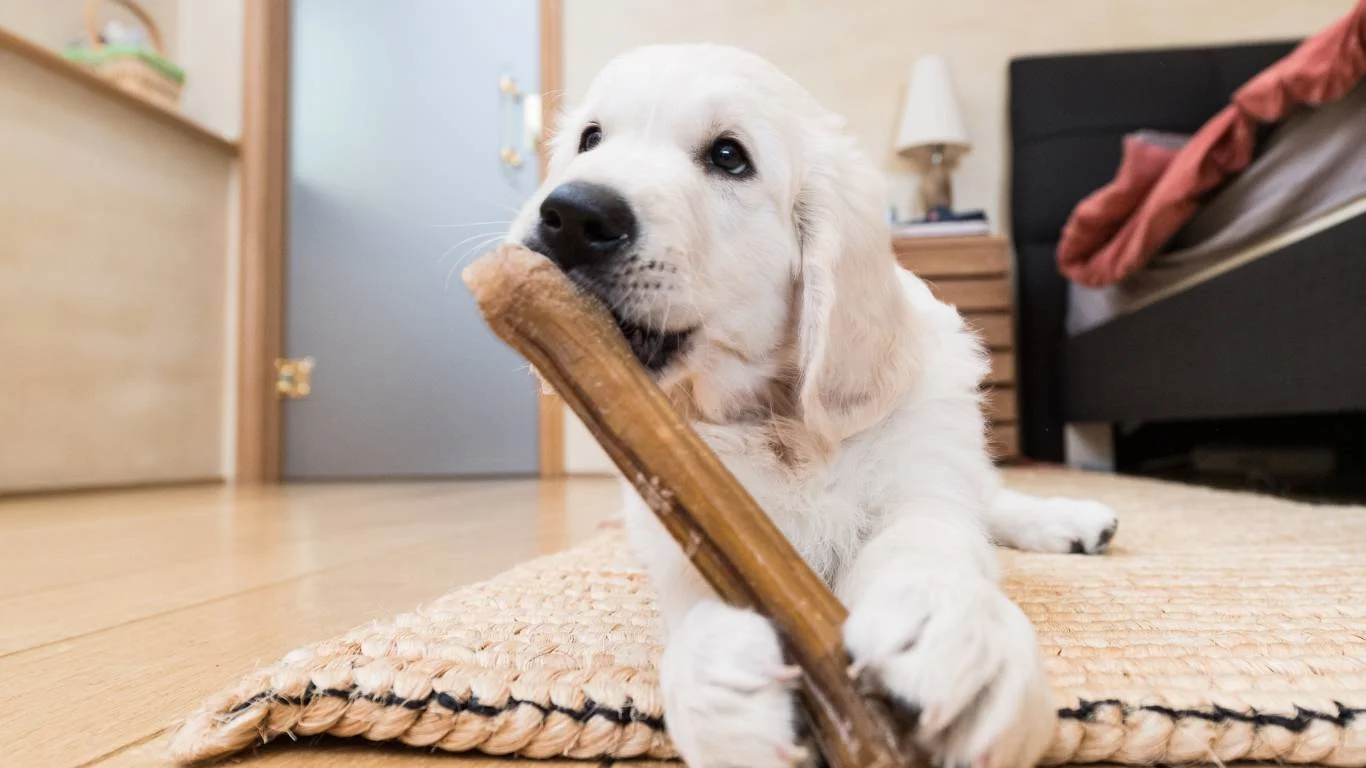
Resources and Further Reading
If you’re looking for additional information on canine fractures and healing, there are several trusted resources that can provide guidance and advice. Here are a few links that you might find helpful:
- PetMD – Dog Health & Wellness
- American Kennel Club – Dog Care Articles
- National Institutes of Health – Health Topics
Disclaimer
Always consult your veterinarian for advice regarding your dog’s health and recovery. The information provided in this article is for informational purposes only and is not a substitute for professional veterinary care. Every dog is different, and their recovery process may vary depending on the nature of their injury and overall health.
